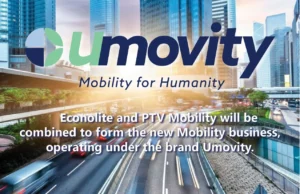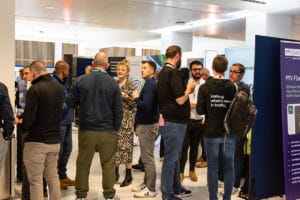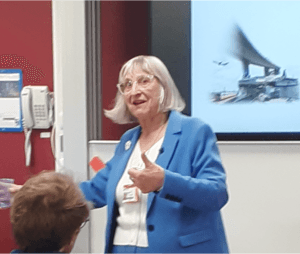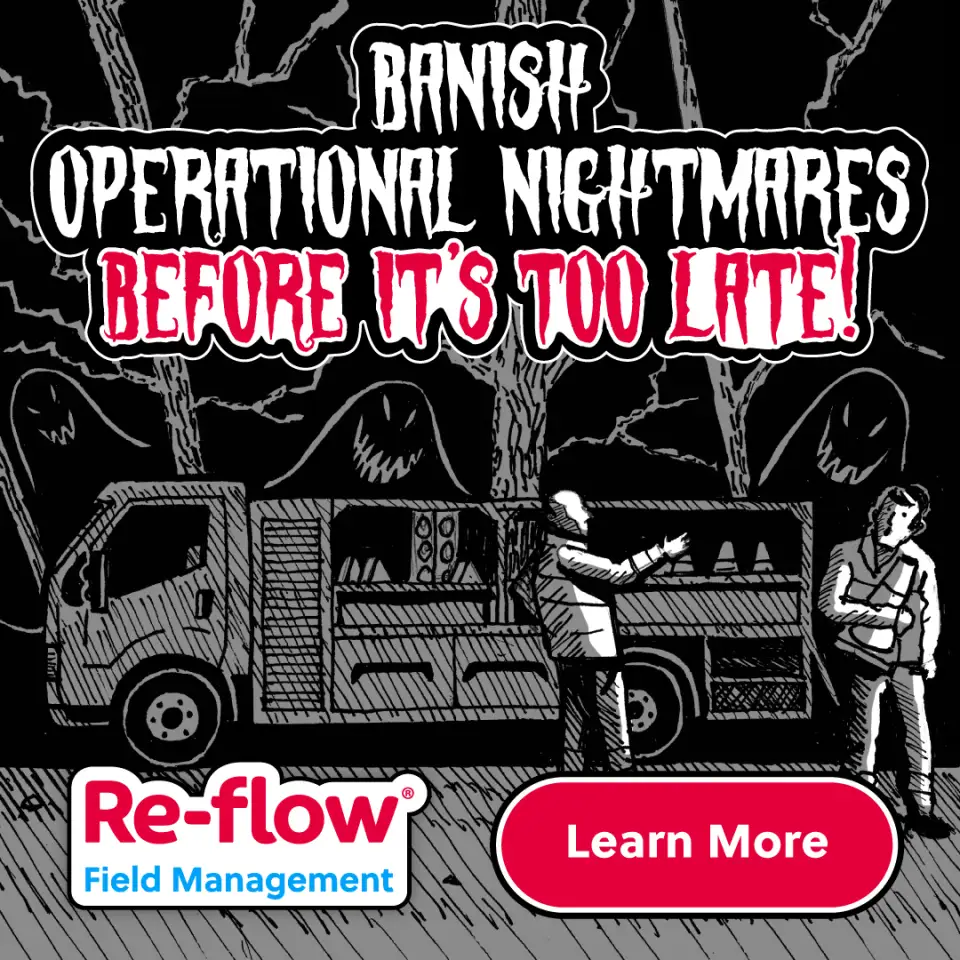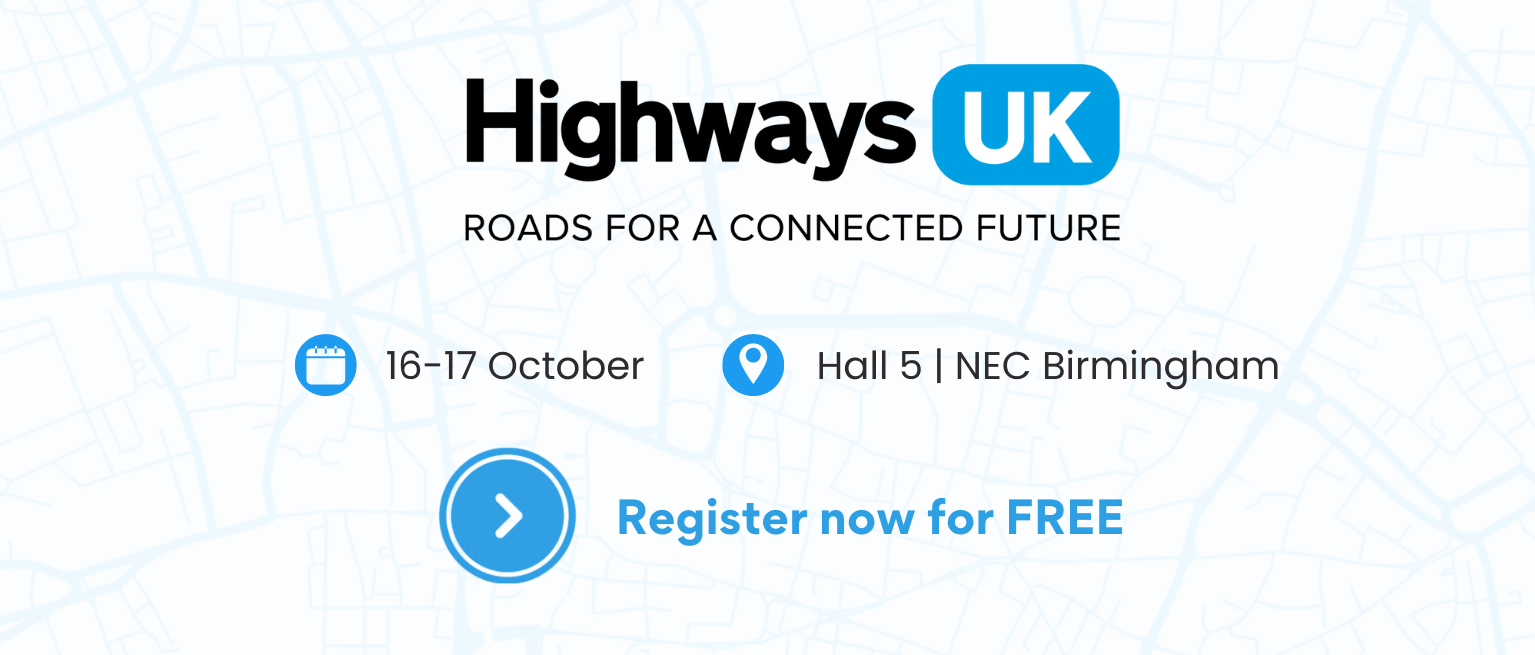Following the PTV User Group meeting in London on 27 November, the company’s Principal Modeller in the UK, Laurence Chittock has written his thoughts on the event and the state of the industry.
He discusses industry challenges, technological advancements including AI and Machine Learning, and adaptability.
Highways News publishes his thoughts below, in full:
PTV UK & Ireland 23rd User Group Innovation Day
On 27 Nov 2023 we held our 21st user group event in London, at the fantastic ETC Venues conference facility at 200 Aldersgate. We were joined by over 100 professionals from our industry specialising in modelling the use of PTV modelling software. It’s a great event for the attendees to learn about the trends in our industry, get updated on the latest developments in PTV Software, and share insights of what projects and techniques others are working on. It also gives us all a chance to catch up, network, and socialise with like-minded professionals. So, a big thank you to all attendees and to my PTV colleagues who helped organise and run another excellent event.
Reflections on this year’s Future of Modelling session PTV UK UGM
This year it was my privilege to chair the Future of Modelling session once again and kickstart the day. Last year, we discussed uncertainty and the need to make models adaptable to the changing technological, social, and political landscape. Since then, there have been several key events and trends which have challenged the industry, from inflated energy prices over Winter triggering a cost-of-living crisis, to political scale backs on major policies such as the 2030 petrol and diesel car ban and the scrapping of HS2 Phase 2. I highlighted the rise of Large Language Models like ChatGPT and the continual improvement in large datasets as noteworthy shifts that are influencing our approach to modelling and invited expert speakers to discuss their thoughts on the latest trends and future practices.
Bhargav’s exploration of the evolution of data within Modelling
Beginning the session, Bhargav Pentapati, from AtkinsRealis, outlined the evolution of data in transport modelling in his talk ‘The Past, Present, and Future of Data in Modelling’. He traced the journey from manual network coding, a time-consuming process, to the contemporary era of immediate access to digital datasets from Open Street Maps or PTV’s Model2Go. The efficiency gains from this shift were underscored, emphasising the practical implications and time savings for fellow transport modellers. Bhargav highlighted advancements in public transport network development, moving from manual interpretation of bus timetables to the seamless importation of routes and schedules from DfT’s Bus Open Data Service. This transition has not only streamlined the modelling process but also reflected a broader trend toward automation in the industry.
The impact of technology on reporting mechanisms was also a noteworthy aspect of Bhargav’s presentation. He pointed out the shift from lengthy static documents to interactive reports with embedded maps. This not only reflected a technological advancement but also signalled a move toward more user-friendly and accessible reporting formats, helping to widen the reach of modelling outputs.
Closing his presentation, he looked ahead to the future of data posing some points of discussion to the audience, such as[LC(G1] . His insights provided a clear snapshot of how technology has shaped and continues to shape the way we approach and execute modelling processes in the ever-evolving landscape of transport.
Shaleen’s vision of how AI will influence our industry
Following on from this, Shaleen Srivastrava from Goleyo presented on this year’s hot topic: AI and machine learning (ML). He pointed out how our industry has already been using machine learning techniques with the example of Vissim dynamic assignment which “learns” from the previous iterations. He also highlighted how machine learning methods have been applied to parameter estimation for choice modelling in Singapore and London, with results highlighting that estimation from ML can be better than through traditional methods, either in a data rich, or poor, environment.
Closing his presentation, Shaleen delved into Goleyo’s innovative approach to automatically generating transport modelling scenarios using ML, offering a glimpse into the practical applications of these technologies. His suggestion that similar techniques would become commonplace in a few years provided an invitation for the audience to anticipate and adapt to the evolving landscape of transport modelling.
In summary, Shaleen Srivastrava’s inputs were marked by a pragmatic evaluation of AI and ML in choice modelling, backed by real-world examples. His insights helped provide a concrete foundation for understanding the imminent influence of AI technologies in reshaping how we approach and execute choice modelling in the future[LC(G2] .
Elisabetta’s insights in demand modelling methods
Professor Elisabetta Cherchi provided a thoughtful exploration of demand modelling, offering a perspective on the inherent complexities and future trajectories within the field.
Her presentation began with a recognition of the intricate nature of individual behaviours, influenced by millions of factors that are often challenging to predict, measure, or foresee. A key focus of her analysis was on Substitution models which she described as processes simplifying the representation of the transport system and the individuals interacting with it in more abstract terms. Addressing the challenges faced by agent-based models, she acknowledged their attempts to capture the complexities of the real world by representing individual behaviours but that even so, these representations can never fully capture the intricate behaviours of individuals. In particular, she highlighted how such models often struggle to deal with diffusion effects. This acknowledgment reminded us that we need to understand of the limitations and challenges associated with modelling approaches and be aware of these when distilling practical advice to decision makers.
Turning the lens towards the intersection of academia and the transport modelling industry, Elisabetta stressed the ongoing importance of a strong theoretical background in transport modelling mathematics. In a field where technological advancements, including ML, are gaining prominence, her emphasis on foundational knowledge underscored the enduring value of understanding the core principles that underpin effective modelling, such as mathematics, engineering, and geography.
Closing her presentation, she delved into the interdisciplinary nature of transport, emphasising how, as a derived demand, it interacts with various aspects of society. This pragmatic recognition of transport’s role within a broader societal context resonated with the need for holistic perspectives in shaping the future of demand modelling[LC(G3] .
Discussion
After each speaker’s talk, I helped to host a discussion session to reflect on the points raised and address thoughts from the audience. As a group, we acknowledged the need for adaptability within our profession, as new methods and data sources will continue to influence how we use and develop models.
Based on the audience feedback, the Future of modelling morning panel sessions are becoming a popular session that is appreciated by all attendees of the event. If you have any ideas and suggestions for future topics to be discussed at this session or would like to participate next year, please get in touch with us.
With thanks to the panel: Bhargav Venil Pentapati, Richard Fernandez (AtkinsRealis), Shaleen Srivastava (Goleyo), Prof. Elisabetta Chechi (Newcastle University)
(PIcture – PTV/AtkinsRealis)





